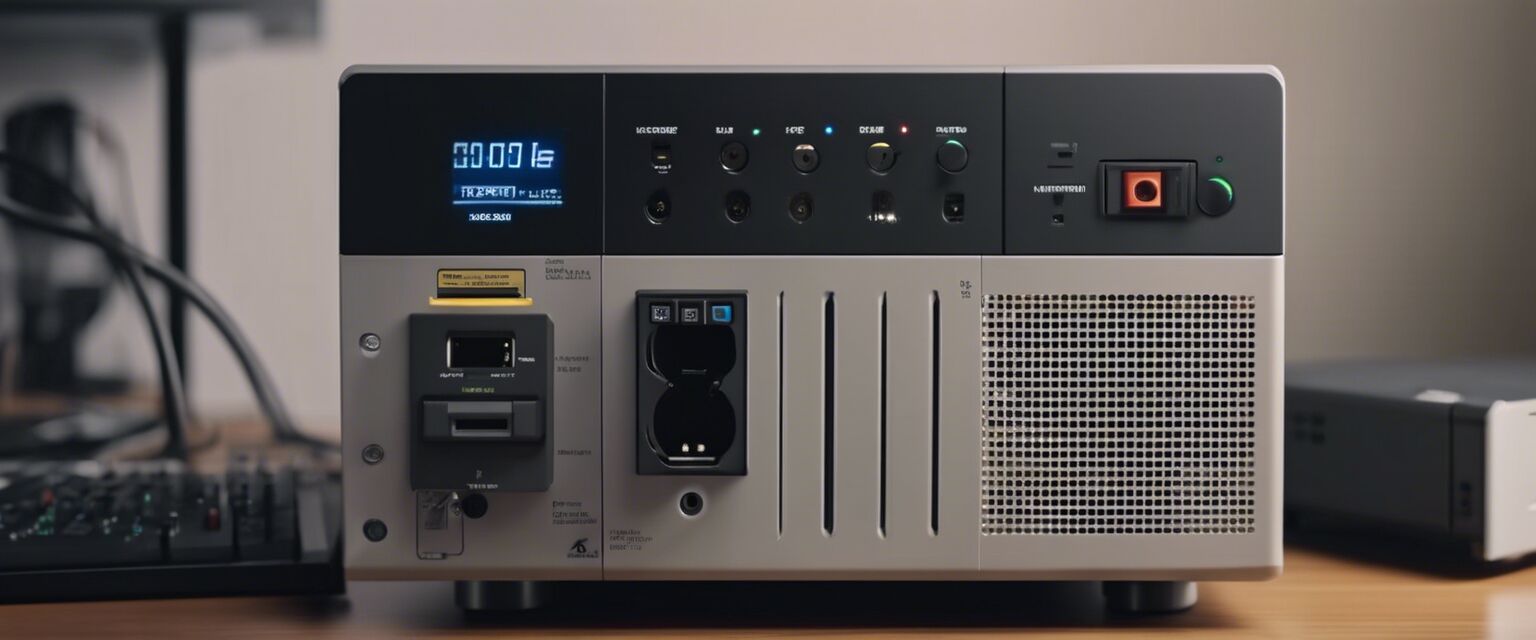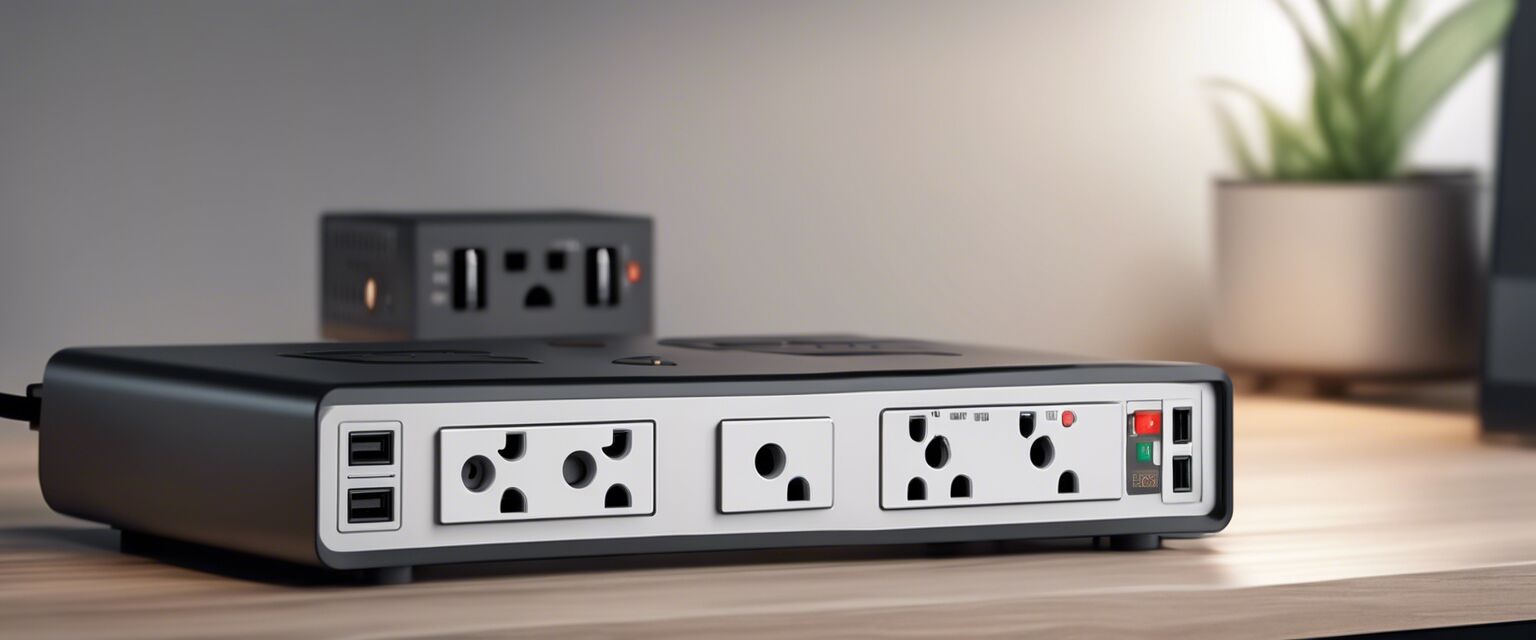
Power Solutions for Your Home Office
In today's digital age, having a reliable power solution is essential for maintaining productivity in a home office. Power interruptions can lead to data loss, damaged equipment, and an overall decrease in efficiency. This article will guide you through various power solutions, including Uninterruptible Power Supply (UPS) systems and surge protectors, ensuring that you have a solid foundation for your home office setup.
Key Takeaways
- A UPS provides backup power during outages, while surge protectors defend against voltage spikes.
- Choosing the right power solution depends on the devices in your office and your specific needs.
- Regular maintenance of power equipment is crucial to ensure longevity and effectiveness.
Understanding Power Solutions
Power solutions are critical for any electronic setup. In a home office, where multiple devices are often used simultaneously, a proper power management strategy can save you from unnecessary headaches. Letâs delve into the two main types of power solutions: UPS systems and surge protectors.
What is a UPS system?
An Uninterruptible Power Supply (UPS) is a device that provides backup power when the main power source fails. It ensures that your devices remain operational, allowing you to save your work and shut down safely.

Benefits of a UPS system
- Provides backup power during outages.
- Protects against data loss.
- Offers power conditioning to help protect devices from power fluctuations.
What are surge protectors?
Surge protectors shield your devices from voltage spikes, which can damage sensitive electronics. They are essential for protecting equipment like computers, printers, and network devices.

Benefits of surge protectors
- Prevents damage from power surges.
- Increases the lifespan of your electronics.
- Can include additional features like USB ports for charging devices.
Choosing the Right Power Solution
When selecting the right power solution for your home office, consider the following factors:
| Factor | UPS System | Surge Protector |
|---|---|---|
| Power Backup | Yes | No |
| Surge Protection | Yes | Yes |
| Data Safety | Yes | Limited |
| Cost | Higher | Lower |
When considering your options, remember to assess your specific needs, including the number of devices, their power requirements, and your budget. For more information on setting up your workspace, check out our guide on desk accessories.
Common Types of Power Solutions
Types of UPS Systems
- Standby UPS: Provides basic protection and is ideal for home offices with fewer devices.
- Line-Interactive UPS: Offers better voltage regulation and is suited for home offices with more sensitive equipment.
- Online UPS: Provides the highest level of protection and is typically used for critical systems.
Types of Surge Protectors
- Basic Surge Protectors: Simple devices that offer minimal protection but are affordable.
- Surge Protectors with USB Ports: Convenient for charging devices like smartphones and tablets.
- Power Strips with Surge Protection: Combines multiple outlets with surge protection for added convenience.
Installing Power Solutions
Proper installation of your power solutions is key to their effectiveness. Here are some tips:
Installation Tips
- Place your UPS in a cool, dry location to avoid overheating.
- Ensure that your surge protector is connected to a grounded outlet.
- Regularly check and replace the batteries in your UPS system.
- Do not overload surge protectors; check the wattage ratings.
Maintenance of Power Solutions
Maintaining your power solutions is crucial for ensuring their longevity and reliability:
- Perform regular checks on your UPS to ensure it's functioning correctly.
- Replace batteries in the UPS as recommended by the manufacturer.
- Inspect surge protectors for any signs of damage or wear.
Conclusion
In conclusion, investing in reliable power solutions like UPS systems and surge protectors is essential for any home office. By understanding your needs and making informed choices, you can protect your devices, save your work, and maintain a productive workspace. For more information on enhancing your home office setup, explore our articles on docking stations and ergonomic chairs.
Pros
- Ensures uninterrupted power supply for critical work.
- Protects against electrical surges that can damage equipment.
- Offers peace of mind during power outages.
Cons
- Initial investment can be higher than standard power strips.
- Requires maintenance and occasional battery replacement.








